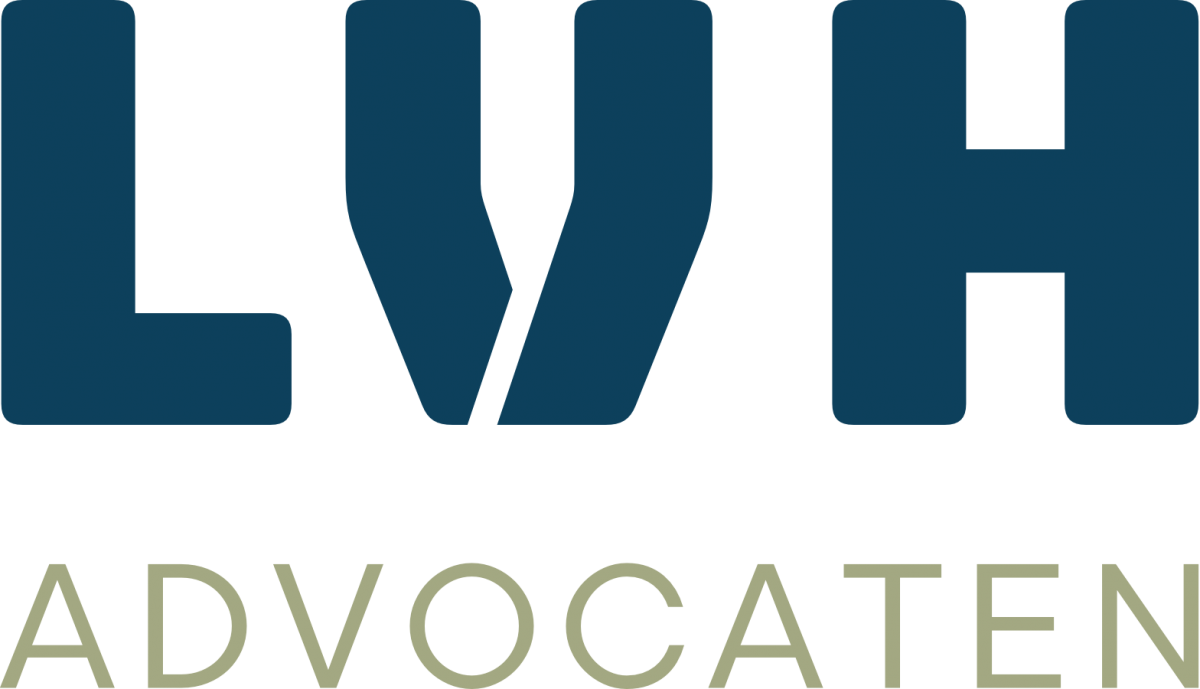Financial difficulties
Filing for bankruptcy
An entrepreneur, who may be a private individual, can file for bankruptcy with the court by himself or bankruptcy can be declared by the court at the request of a creditor. A general partnership or a legal entity can apply for insolvency and can be declared insolvent by the court at the request of a creditor. These are two separate procedures and different requirements apply to both procedures.
Bankruptcy applied for by individual
A lawyer is not required to file a declaration of bankruptcy. However, it is wise to consult with an attorney in the phase immediately preceding the decision to file for bankruptcy to determine whether the risks of continuing the business are (too) great or whether quitting is the best option.
If quitting the business is the best option, it should be determined whether filing for bankruptcy is the appropriate course of action as there are other options that are worth considering. A lawyer can also explain the procedure for filing bankruptcy and prepare the business owner for the role of a trustee.
Bankruptcy applied for by a creditor
If a creditor wants to file for the bankruptcy of a debtor, he must instruct a lawyer to do so. The request is sent to the competent court, after which the court summons the debtor.
How to file for bankruptcy by an individual
After filing a self-declaration or after sending a request for bankruptcy to the court, the debtor is heard in a courtsession closed to the public. The court can declare bankruptcy if the debtor is ‘in the stage of not being able to pay’. There must be ‘summary evidence’ of facts or circumstances that the debtor can no longer pay. If the proceedings are instituted at the request of a creditor, summary evidence of the creditor’s right of action is also required.
Finally, the debtor must prove by providing basic evidence that he is unable to pay debs by presenting several unpaid debts (the support claims). By using the word “basice evidence,” the legislature indicates that normal rules of evidence do not apply. A bankruptcy hearing is a short procedure in which there is little room for detailed evidence. The existence of the right of action and the existence of the supporting claim(s) must be shown after a short and simple examination.
LVH Attorneys & Insolvency
The attorneys at our Rotterdam office have extensive experience in filing for bankruptcy and insolvency, and in defending against bankruptcy petitions. In addition, they have experience as bankruptcy trustees themselves.
We will be happy to help you if you are considering filing for bankruptcy, want to file for bankruptcy of a debtor or want to defend against a bankruptcy petition.
More about Companies in financial difficulties:
Please click further if you would like to know more about how we can advise you on the following areas/topics:
SPECIALIZED LAWYERS
These are our lawyers who are specialized in this area.
More about companies in financial distress
New regulation VAT supplements applicable as of January 1, 2025
From January 1, 2025, a new obligation will apply with regard to VAT supplementations: if it is found that too little VAT has been declared and paid, this must be corrected within eight weeks by submitting a VAT supplementation to the Tax Authorities. This significantly tightens the replenishment deadline, or at least there is less room for ambiguity. Failure to comply with the replenishment obligation may result in the imposition of fines. In the case of intent or gross negligence, there may even be a fine of up to 100%.
Breakthrough; corporate tax interest is unreasonably high, here’s what you can do.
On 7 November 2024, the North Netherlands Court ruled that a tax interest rate of 8 per cent on a 2021 assessment is not reasonable. This landmark ruling opens up new opportunities for taxpayers who have faced high corporate tax interest rates. What does this ruling mean specifically for you, and what steps can you take now?
Action on taxation in box 3
As we all know, there has been a lot of recent movement on box 3 taxation. Box 3 primarily taxes savings, investments and real estate. The assets in this box were previously taxed on the basis of a flat rate of return: the tax authorities set an assumed percentage, regardless of the actual return. This meant that many taxpayers paid taxes on a return they had not actually received. You may also have overpaid taxes in the past. If so, chances are you may be eligible for legal redress!





